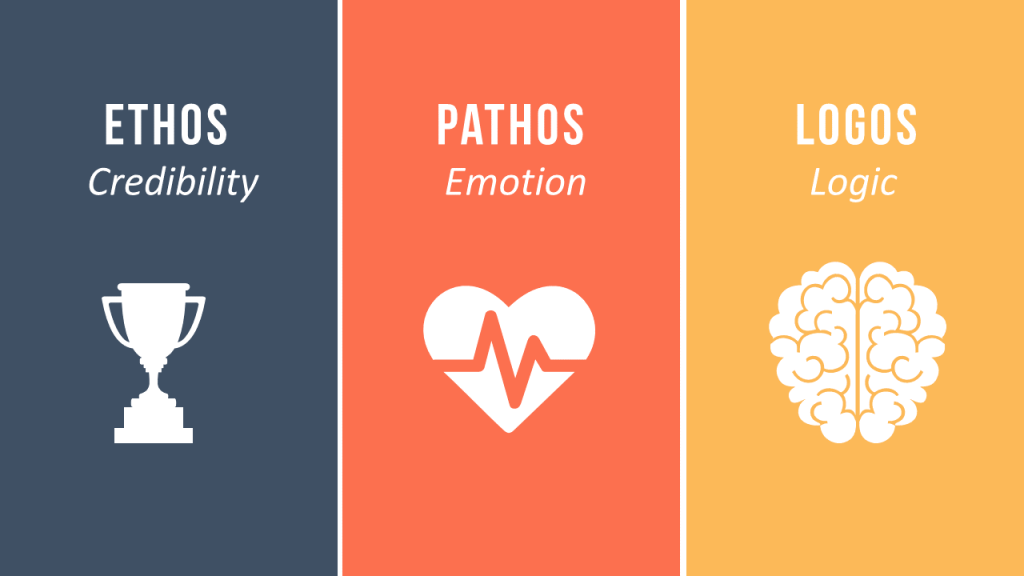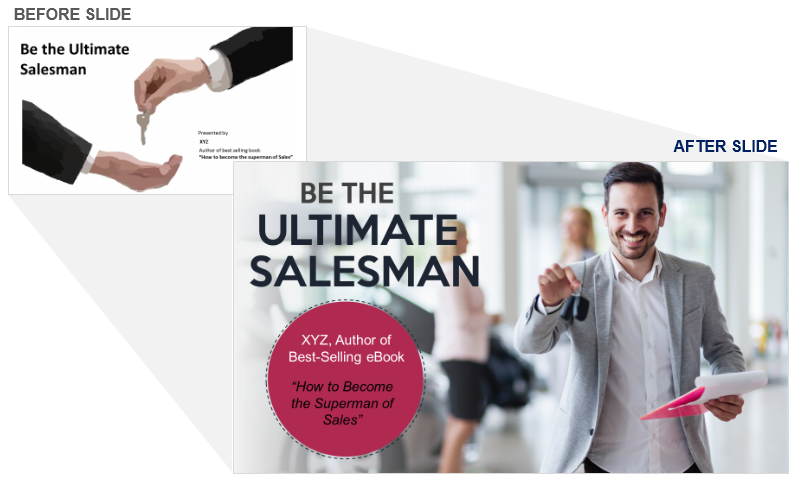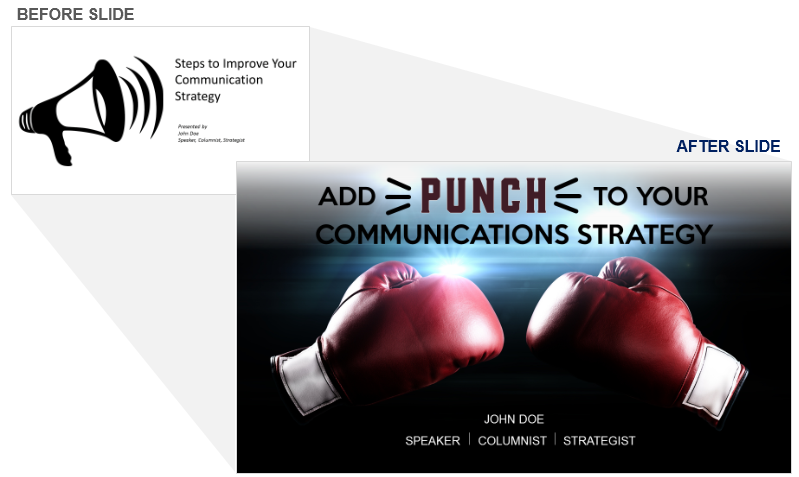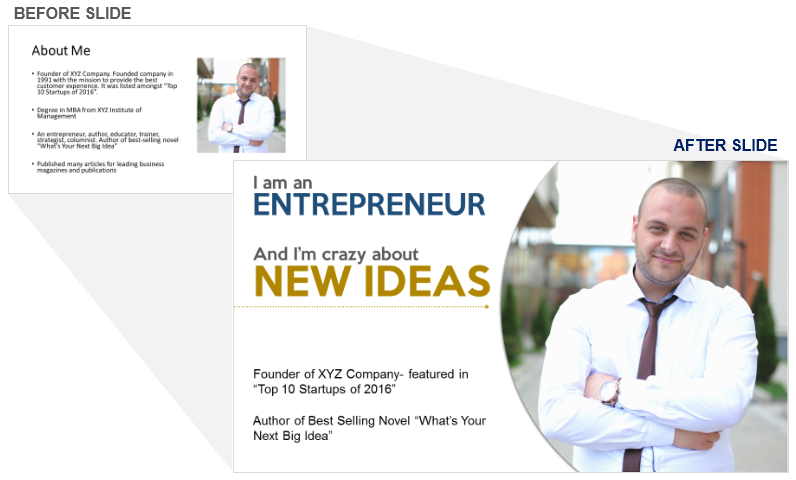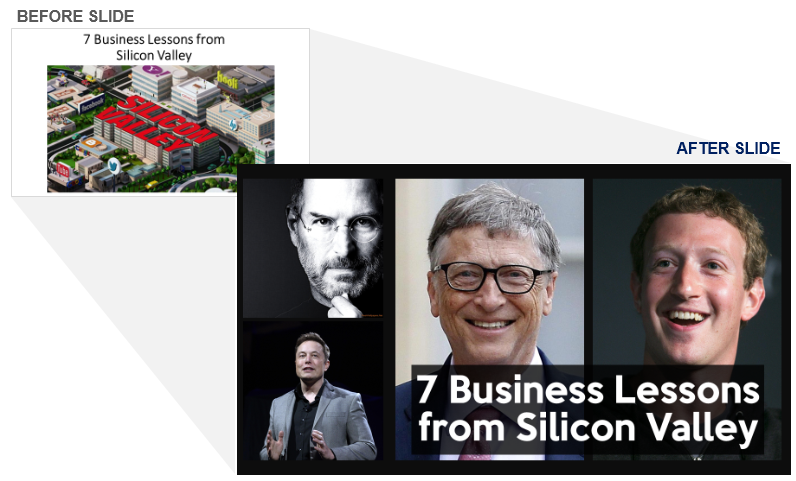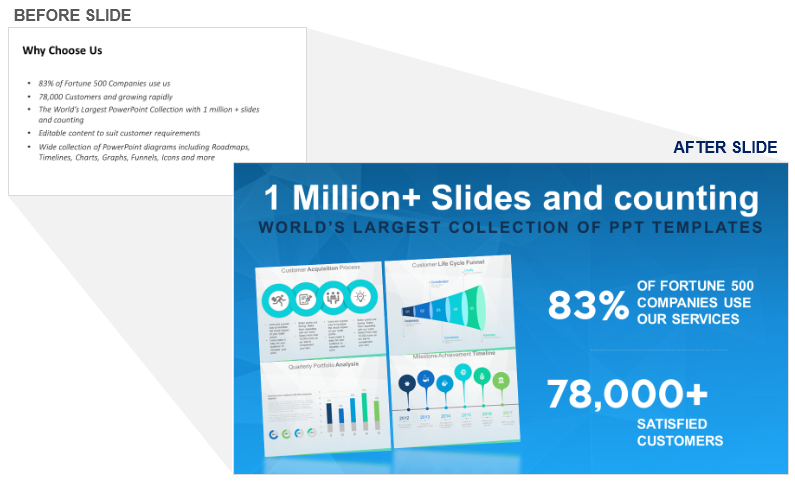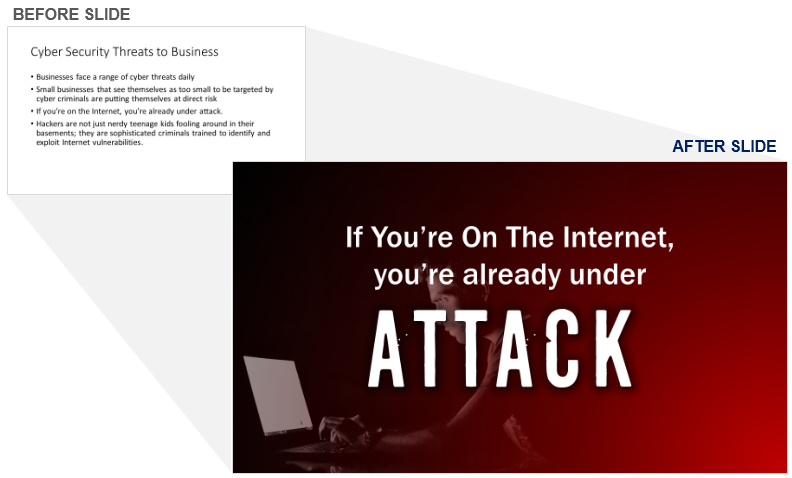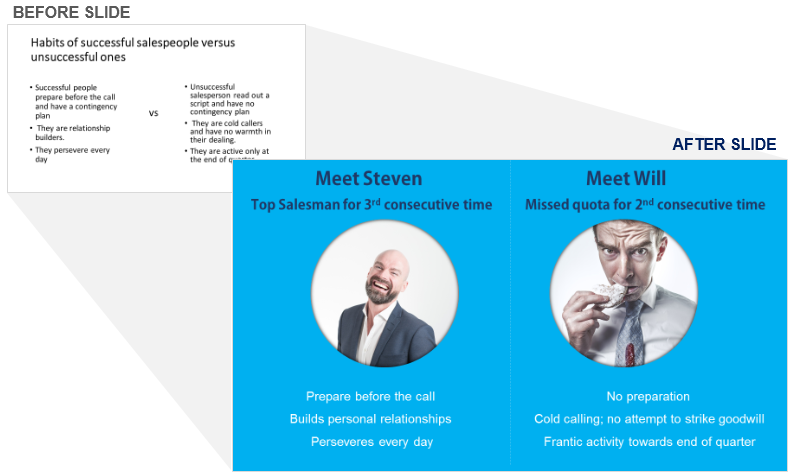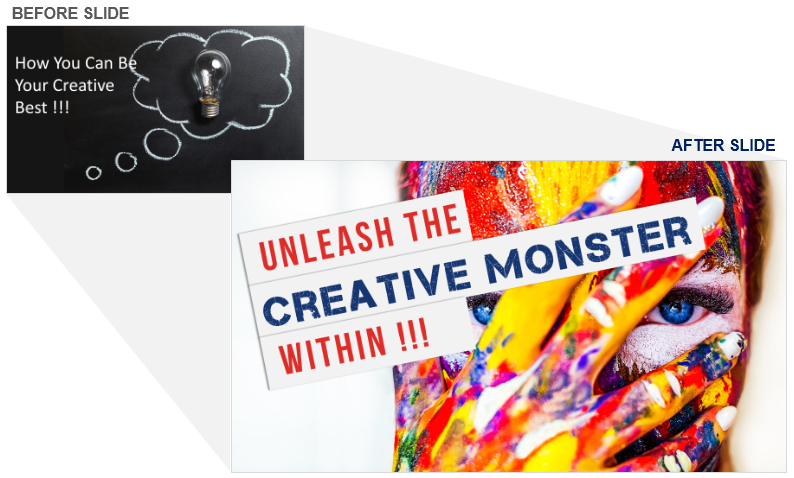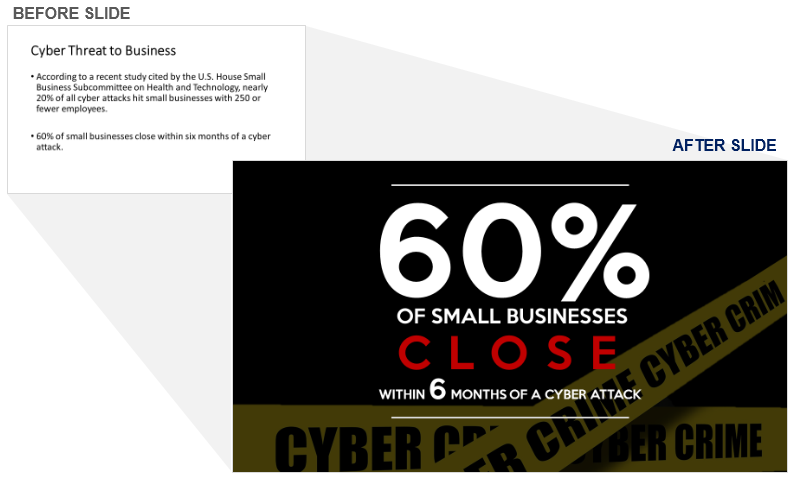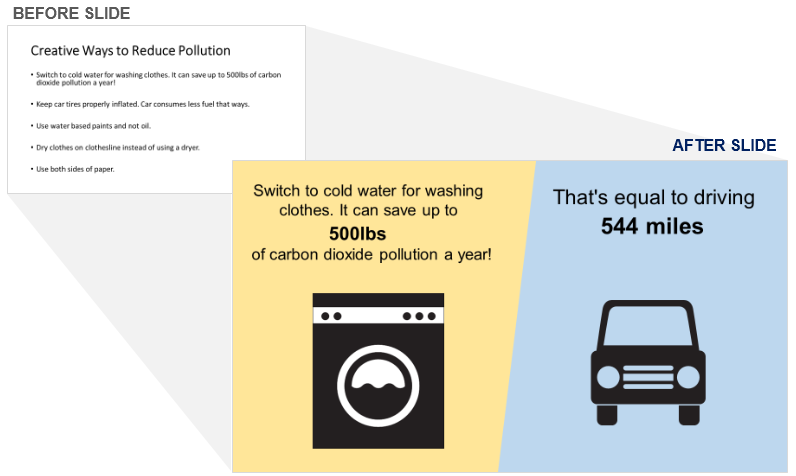After analysing hundreds of successful speakers, I have come to the conclusion that the art of persuasion lies is mastering 3 ingredients. They are…
If you ignore the 3 golden principles of communication, you will never be a successful communicator!
Research says 85% of your financial success is due to your personality and ability to communicate effectively. Only 15% is due to technical knowledge.
In each of the sentence above, I have used one of the modes of persuasion shared by one of the biggest philosophers of all time- Aristotle. Two thousands years ago, the legendary philosopher shared three tools of persuasion- Ethos, Pathos, and Logos.
- Ethos refers to the Credibility of the Speaker. Does the audience consider you trustworthy?
- Pathos is the appeal to audience's emotion. Do you tap into the deepest emotions of the audience with your presentation?
- Logos is the appeal to logic. Are you able to convince the audience with the right facts and reasoning?
While these 3 strategies might seem obvious to many, it’s surprising how most communications, especially PowerPoint presentations, are absolutely devoid of these ingredients and are therefore unconvincing. Ad campaigns, on the other hand, are masters at this game. Let’s take a cue from them and apply the same to our presentation slides and see how this changes the game for us:
Ethos, Pathos, Logos in Practice: 3 Appeals for Persuasion
Persuasive Appeal #1- Ethos (Credibility)
To establish you are credible and intelligent as a speaker, you have to act like one. Your non-verbal and paraverbal (tone and pitch) communication goes a long way in establishing this. You have to look, feel and act confident. Basically, it boils down to your stage presence. Just 1 tip for speakers who want to ace this- Practice, Practice and more practice.
Can our slides also help us in winning this ethos game? Well, yes. Downright shabby slides will kill all the credibility even if your attire is shining and delivery is flawless.
How Ads Use Ethos:
Brands use the Ethos appeal by exploiting the credibility of celebrities in their ads. We see hundreds of such ads day in day out. An example here is that of Weatherproof. It uses the credibility of former President Barack Obama to establish its own brand credibility too:
How to Add Ethos Appeal to Presentation Slide
Strategy #1- Highlight Your Achievement on the Cover Slide
Many presenters try to establish their credibility on the opening slide of the presentation. This is a good thing to do if you are an expert in your field and have achieved distinction. Have you published a book that received rave reviews? Are you a columnist in an esteemed publication? Do you have many years of experience in that field and published many research papers? All these are noteworthy achievements. Just take care of one thing here- Highlight the facts without adding long adjectives so you do not appear a snob.
Here’s how Ethos can be enhanced in the opening slide of the presentation. If you have published some work, cover slide is also the perfect place to promote it and simultaneously enjoy the benefit of credibility:
The above is a fictional slide created for the purpose of representation. If you have such an achievement to your credit, show the cover of the book on the cover slide itself so that your book is imprinted on their mind and they don’t forget to grab a copy of your book next time they are in a book store or shopping online.
Strategy #2- Add Power to Your Content
Did you know can you can enhance your credibility by making just tiny tweaks in your content? Yeah, totally. Which one will increase the respect of the presenter in your eyes- one who says “I can help you achieve 30% sales growth” or one who says “I guarantee to make your sales growth skyrocket by 30%”. The one who guarantees exudes confidence.
Believe in yourself and your convictions strongly. This will automatically show in your persona, tone of the speech and your body language. Make sure that the content also resonates with that infectious energy. By content, we are not referring to text alone but images too. Your images should be powerful, bold and convincing. Here’s an example of enhancing credibility with content:
Strategy #3- Showcase your Credentials in Self Introduction Slide
You don’t have to be a best-selling author to take advantage of ethos appeal. If you are the chairperson of some committee, keynote speaker at a prestigious conference, have changed fortunes for number of companies, then let others know the same. If you are a master of many trades, then you can give the audience a sneak peek into your skills by using just 3 to 4 titles on the covers slide like in the example below:
If you plan to include an “About Me” slide, follow these tips:
- Don’t go into too much details. A long list of accomplishments is good for resume, not for presenting on stage. Just include the most noteworthy achievements.
- Don’t be too formal. Let the audience get to know you as a person. What makes you tick? Highlight that factor so that audience warms up to you.
- Image is necessary if you are not physically present there to share slide. If you are, don’t use passport image. Don’t be too informal at the same time.
Check out the difference in the 2 slides below. Which is more credible?
Strategy #4- Leverage the Credibility of Others In Your Presentation
If you don’t have some spectacular achievements to showcase, no worries. You can quote the experts in your field and take advantage of their credibility. There’s nothing unfair about that. In fact, it shows you know your field well and are in tune with the latest happenings in the field.
If you are giving public speaking tips, you can analyse the speech patterns of famous speakers and present it to the audience. The credibility of those speakers add value to your presentation. It also shows that you have done your homework well and gives audience another reason to trust you. While quoting influential people in your presentations, show their faces rather than just put their names. Here’s an example of infusing credibility into your slides using this strategy:
Strategy #5- Include a Testimonial Slide
Do you have any clients to back your good work? Perfect. Using testimonial is an age-old but effective strategy to get people to trust you and your services. Have you seen how all authors display the best reviews about their book on cover slide and back slide! Presentations should employ this strategy too.
Here are a few tips for creating a good testimonial slide:
- If you can visually show how you helped client- the before and after- with clients’ permission of course, then that is even more impactful and credible.
- Show the face of the client giving the testimonial. If you don’t have, request client for one.
- Video testimonials are even better. Nothing more believable than that.
- Try getting numbers from the client if possible. It can be growth percentage, cost saved, hours saved or any other performance indicator. That makes testimonial more convincing and impactful.
Notice how the testimonial in the before slide was squeezed into the slide at the bottom while the common business advantages are highlighted. Split the slide if you have lots of content. Ensure testimonials get the attention of the audience.
Strategy #6- Back Your Credentials with Numbers
When you use facts and data in your slide, you are actually using the Logos (rational) appeal. Here, we are referring to the numbers supporting you or your business. If you have a huge fan following on social media, that adds to your credibility. If Fortune 500 companies use your services, that is worth sharing too. The numbers you share have to be impressive. Make them bold and large so that they are instantly noticed.
We have taken our own example here for visual representation. Since we are offering the world’s largest collection of PowerPoint templates (1 million+ and counting), we proudly share that in our marketing pitches.
P.S. We offer not just PowerPoint templates and diagrams but complete PowerPoint presentations and content-ready business decks too. 🙂
Let’s move onto the next persuasive appeal by Aristotle.
Persuasive Appeal #2- Pathos (Emotion)
“We’re not thinking machines. We’re feeling machines that think.”- Antonio R. Damasio. Thanks to functional MRI scans by this famous neuroscientist and experiments by researchers, we now know that amygdala (responsible for feeling) part of brain plays a big role in decision making. Rather than being persuaded by rational logic, most humans rely on emotional memories to choose the next course of action.
How to Add Pathos Appeal to Presentation Slide
Strategy #1- Personalize the Problem: Target the Audience
Think of your audience as 1 person. Single out that person and talk to him. How do you do that? By involving him in your slides. Use the word “You” to draw in the personal attention of each audience member. Invoke fear, happiness, love or any other powerful emotion via your presentation content i.e. text and images both. Even colors play a big role in conveying emotions. Leverage that to your advantage.
For instance, in the before slide below, the content is about all businesses facing threats. The same thing is being said in four different ways. The third bullet point “If you’re on the internet, you’re already under attack” packs a punch and makes one notice thanks to the threat appeal.
Strategy #2- Weave Stories into your Presentation
Storytelling is all about sharing the common emotions, isn’t it? That’s why we love stories. They touch us at emotional level. But wait, can there be stories in business presentations where you are talking about targets, numbers, quarterly sales and forecast. Why not? What’s your company’s story? Surely, you started out with an idea, faced challenges, overcame them or are still trying to and there is a destination you wish to reach. You are the hero of that story.
Your clients or the audience could be the hero of the story. What problems did they face and how did you help them overcome that? There’s a story hiding behind every dry fact and lifeless number. You know your story best. It’s time to put that in your presentation slides.
Strategy #3- Use Emotional Power Words
Some words have the power to make you happy, sad or inspired to take action. Irresistible offer, crazy deals, sensational headlines, live fearlessly, fire up sales, breathtaking photos..and many more draw us to the writing because of these power words that have one or other emotions associated with it. Take this example below- the words “unleash” and “monster” have a lot of raw emotions associated with them. Such appeals make the audience more inclined to do what you want them to do.
Persuasive Appeal #3- Logos (Logic)
Logos is the appeal to logic and reasoning. This is the appeal that Aristotle stressed on the most.
Once you have captured audience attention using the emotional appeal, the next step is to persuade them to take action. That will happen when the audience is convinced that the action or change is logical and in their best interest. Ad campaigns leverage this appeal quite often. For instance, Colgate uses stats in the ad below to prove its superiority over other brands:
How to Add Logos Appeal to Presentation Slide
This is perhaps the easiest to follow in presentations. You probably are using this. Market data, performance statistics, survey results, targets, KPIs, trends are all examples of this appeal.
Strategy #1- State Facts and Figures
When presenters dump numbers on the slide, the appeal is killed. Audience ignores data dump. You have to put the numbers in context for the audience. Visually highlight the most important and startling number. Like in the slide below where the number was buried in bullet points earlier but is impossible to ignore in the after slide.
Strategy #2- Share Real Life Case Studies
Back your argument with case studies, incidents and testimonials. They add credibility (ethos) and also make your argument more logical. Check out the before slide- the importance of Six Sigma is lost on the audience but when it is backed by the case study of General Electric as in the after slide, organizations will be more inclined to put the same into practice in their organization.
Strategy #3- Use Analogies and Comparisons
Comparisons make the content easier to understand. Our brain is a storehouse of associations. When we link our argument with a common concept that everybody knows about, the same is easier to process, store and remember.
Which appeal is the strongest? That does not matter. The most persuasive presentation will have a mix of all 3 appeals.
There can be many other ways to include these appeals in our presentation. Share with us some creative ways to make presentation slides more persuasive in the comments section below.


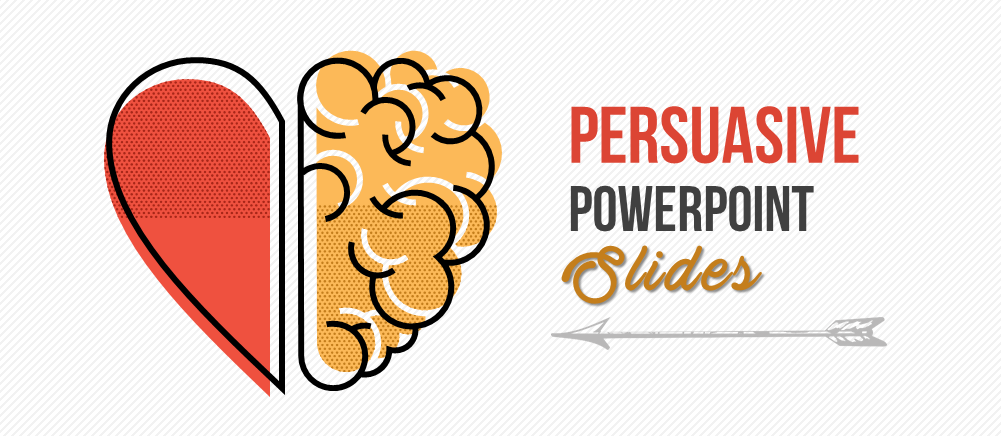


 Customer Reviews
Customer Reviews

